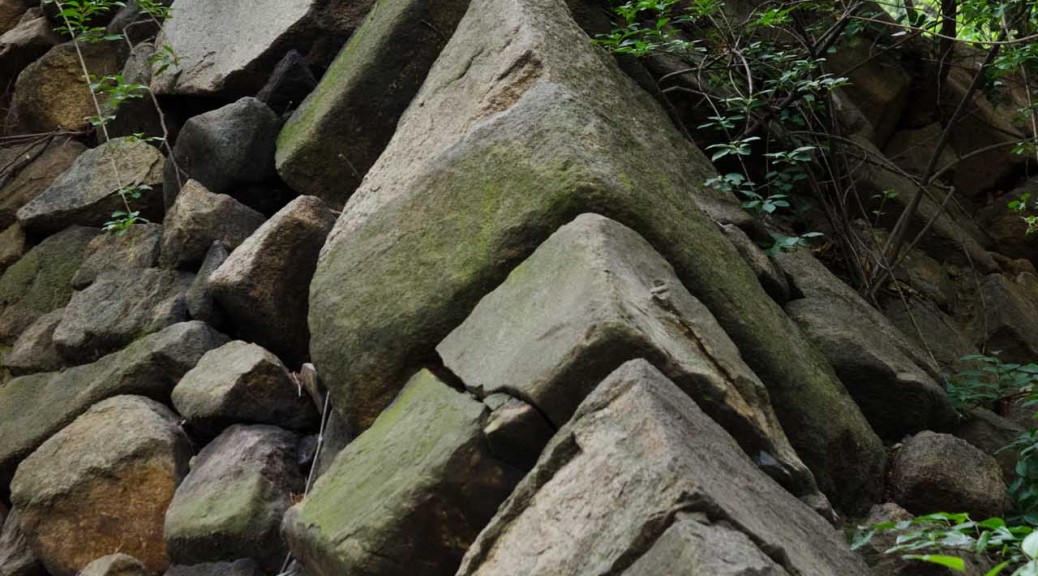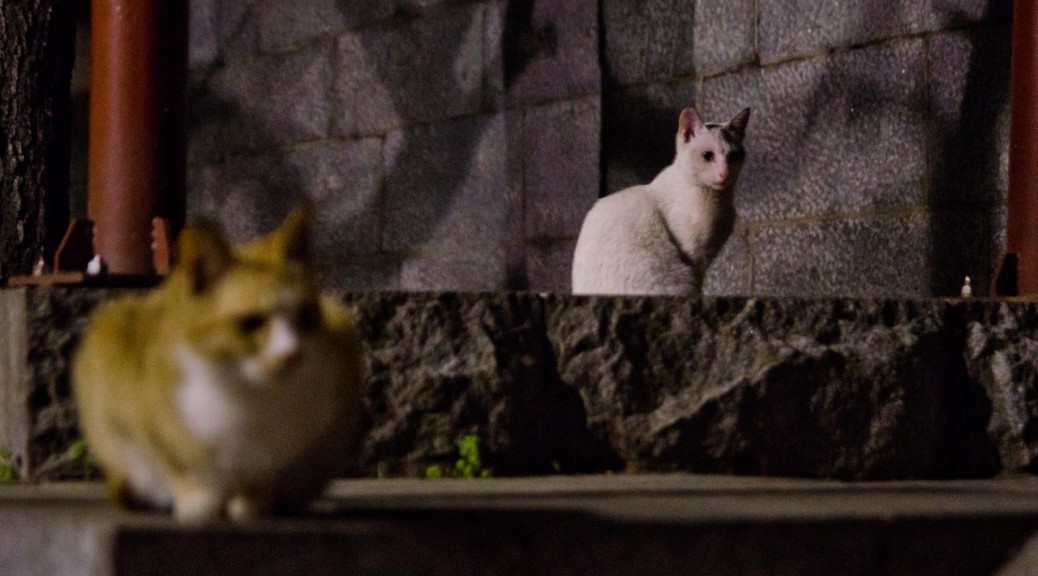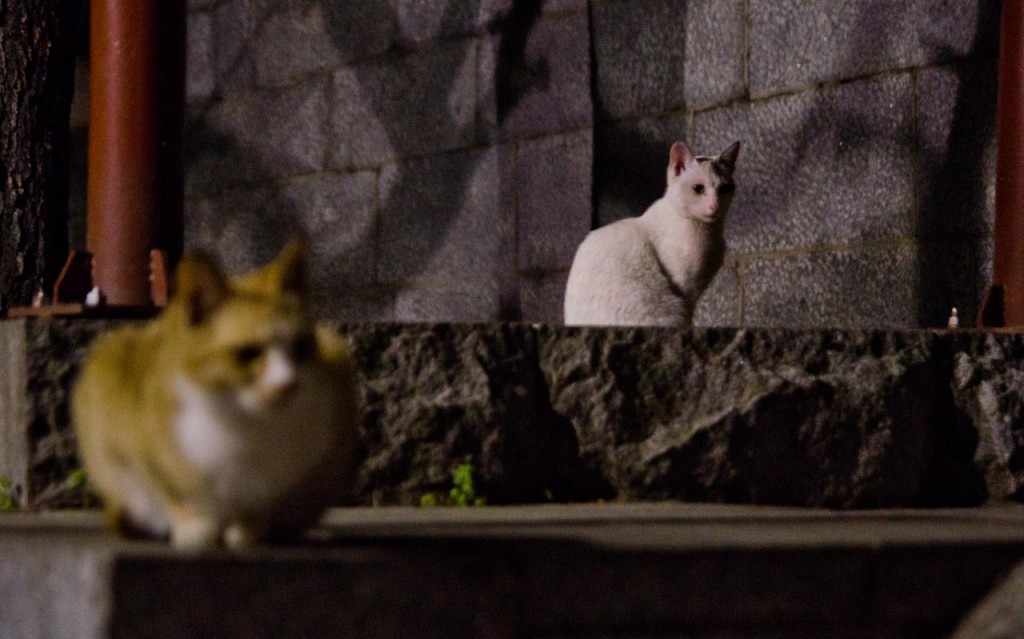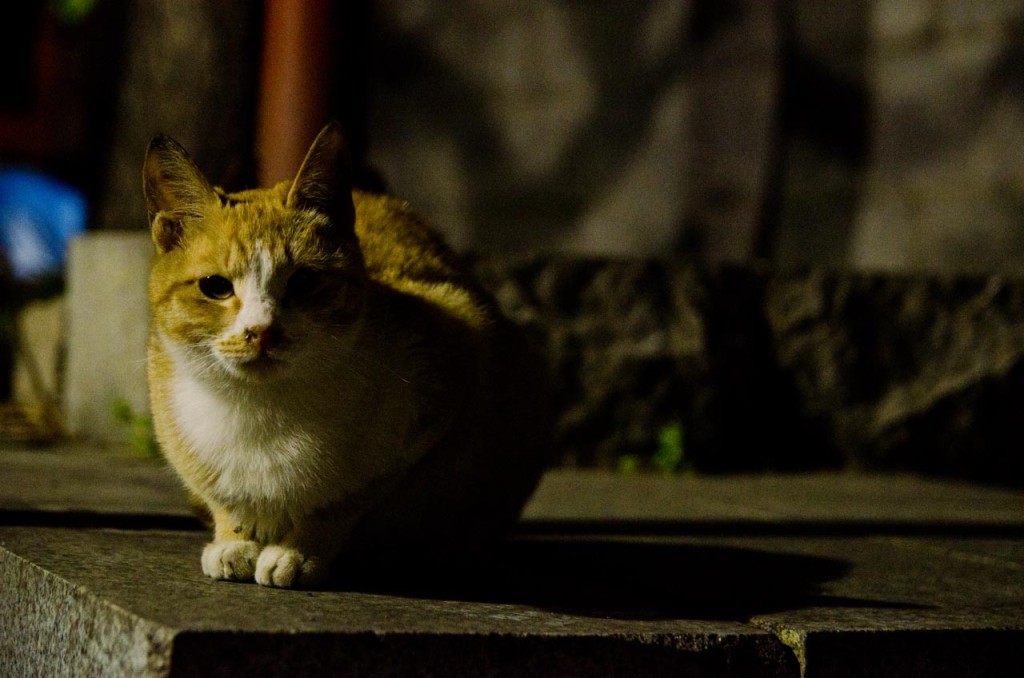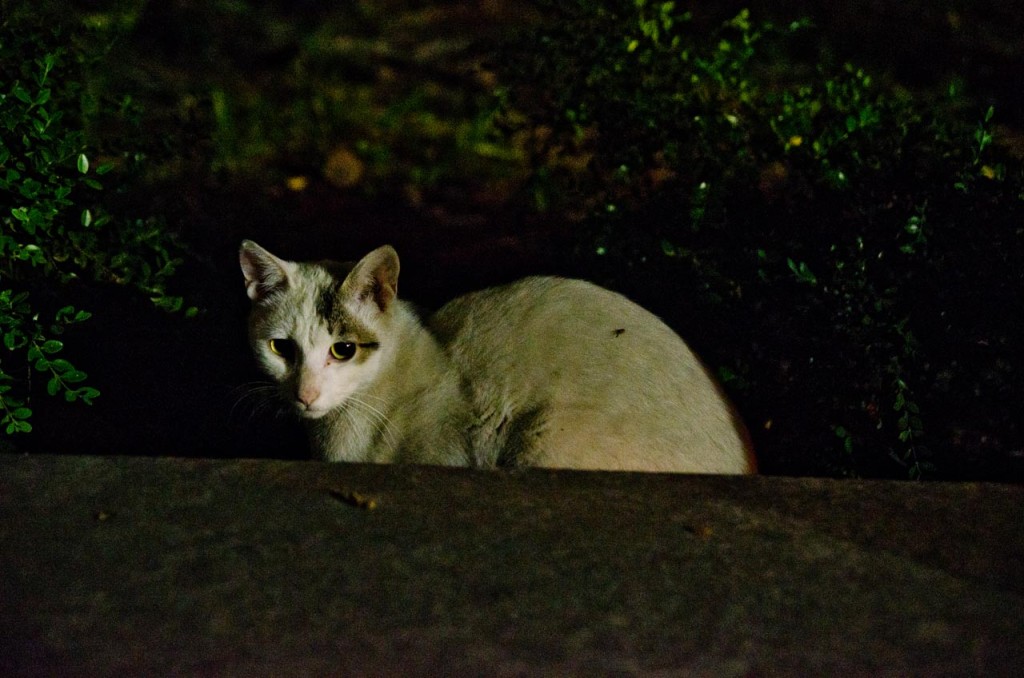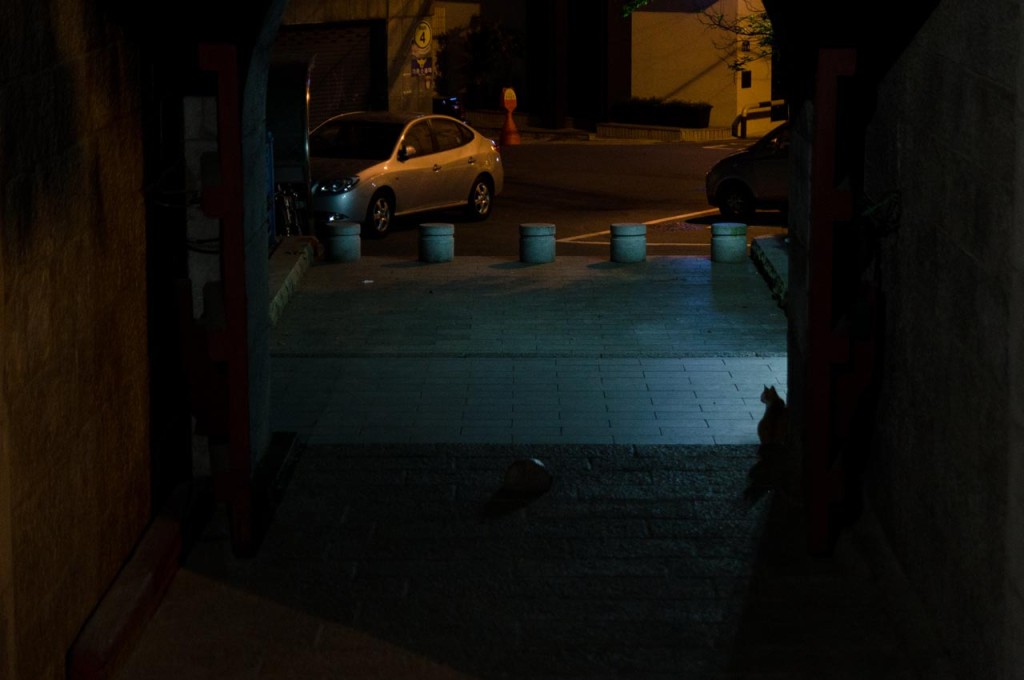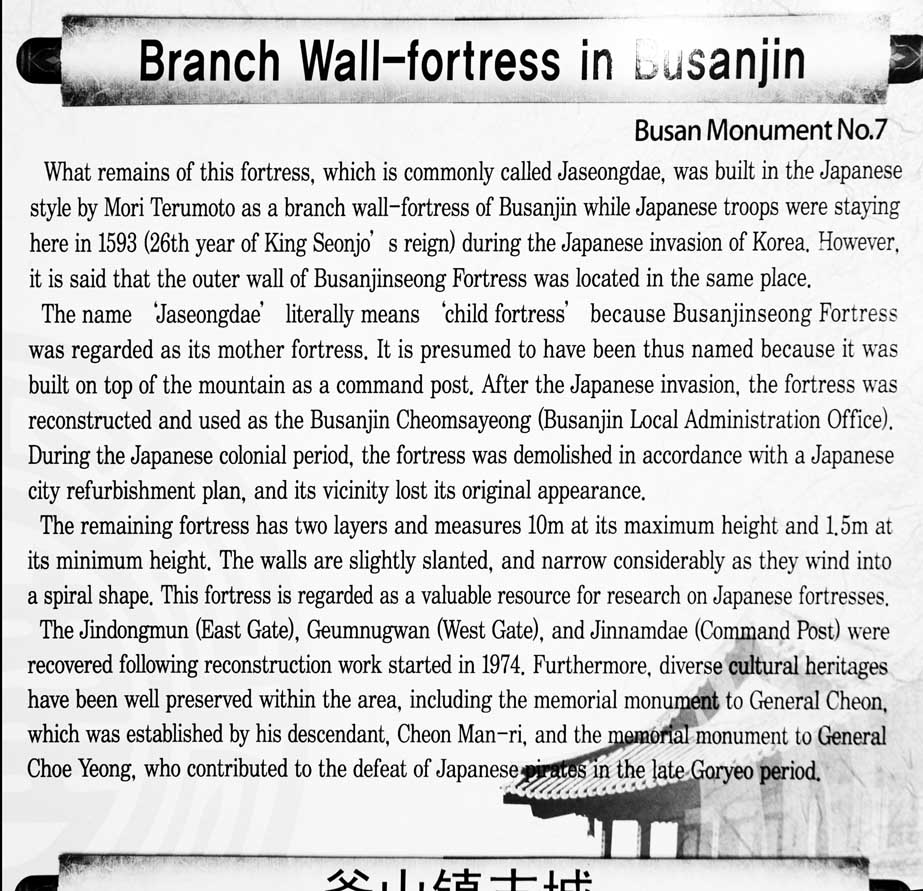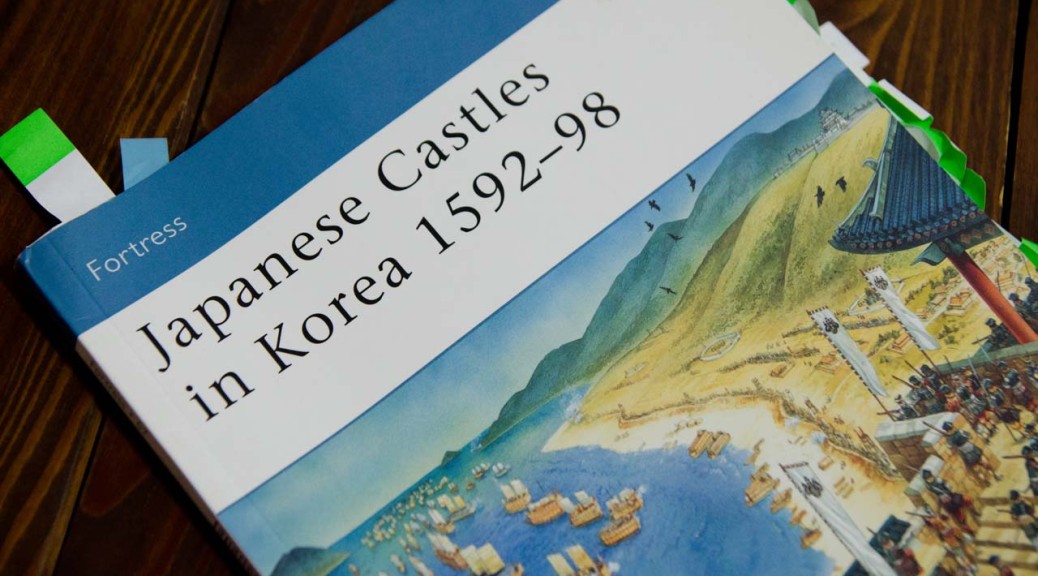Turnbull, Stephen R., and Peter Dennis. Japanese Castles in Korea, 1592-98. Oxford: Osprey, 2007. Print.
Wikipedia list of Japanese castles in Korea.

via wikimedia

Toyotomi Hideyoshi by Kanō Mitsunobu 狩野光信 (1601) via wikimedia
Invasion led by the daimyo 大名 and general Toyotomi Hideyoshi (1536-98). p4
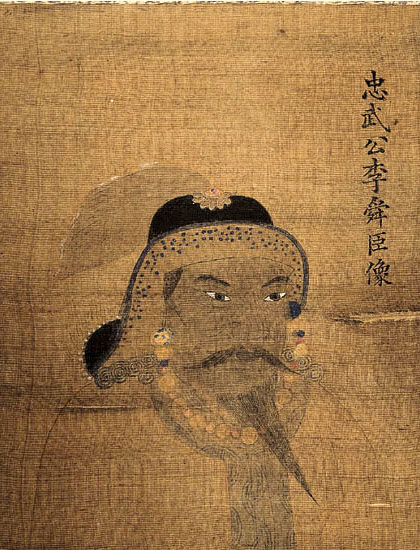
Portrait of Yi Sun-shin via wikimedia
Korean Admiral Yi Sun-sin 이순신 (1545-1598).
Invasion began “When the Korean king refused to allow the Japanese” to pass through Korea to invade Ming China 明朝. p5.
Picture of site of wajo 倭城 of Yangsan and Hopo. p.5. (fortress 和城)
Map of castles in Jeolla and Gyeongsang province. p.6.
Picture of site of wajo of Ulsan. p.7.
“Busan Castle, an extension of the city wall on the edge of the sea, was in fact one of the best examples of a Korean fortress,” p. 9.
See Siege of Busanjin.
Dongrae Eupseong 동래읍성 東萊邑城 (fortress) may have been just a mountain fortress/sanseong 산성 山城 at the time of the invasion (?) p. 9.
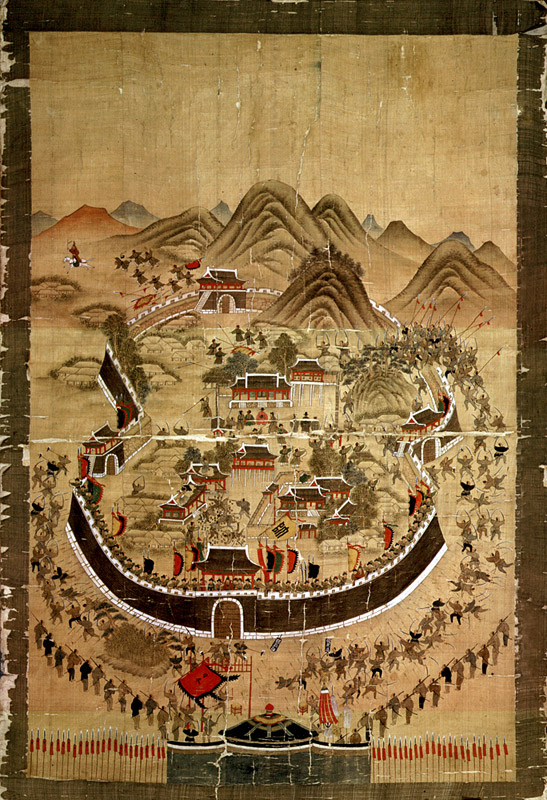
via wikimedia

via wikimedia
The Japanese used Arquebuses p. 9.
Sketch of Ungcheon harbour p. 9.
Korean guerrillas p. 10.
Jinju fortress (first siege of Jinju “Korea’s greatest land victory of the war”) p. 10.
Picture of hill of Jaseongdae, Busanjin 부산진지성. p.11.
See wikipedia entry for Jaseongdae.
Yi Sun-shin impressed by the eupseong 읍성 of Ungcheon 웅천 p. 11.
Castles in Japan: “jinaimachi or temple towns associated with the self-governing communities of the True Land sect of Buddhism and defended by their Ikko-ikki armies” p.13.
Jinaimachi town near Osaka.
Pure Land Buddhism wikipedia entry
Fortress defense: “tora no guchi (tiger’s mouth) gateway passage” with a “90-degree turn” p.13.
Castle of Gupo drawing. p.14.
Clay was used to make the defense structures of a castle fireproof. p. 15.
Three Wajo in Geoje island. p. 16.
Seosaengpo 서생포 (Ulsan) p. 17.
“Seosaengpo was the most important Japanese castle in Korea.” p. 19.
Japanese fortresses in Tsushima. p. 18.
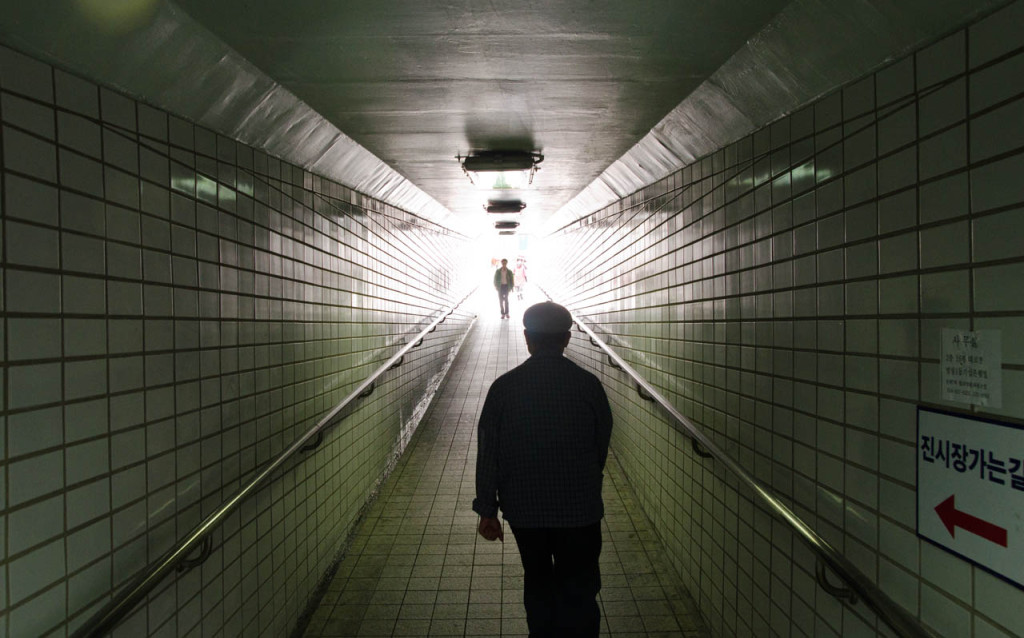 Found lots of walkers.
Found lots of walkers.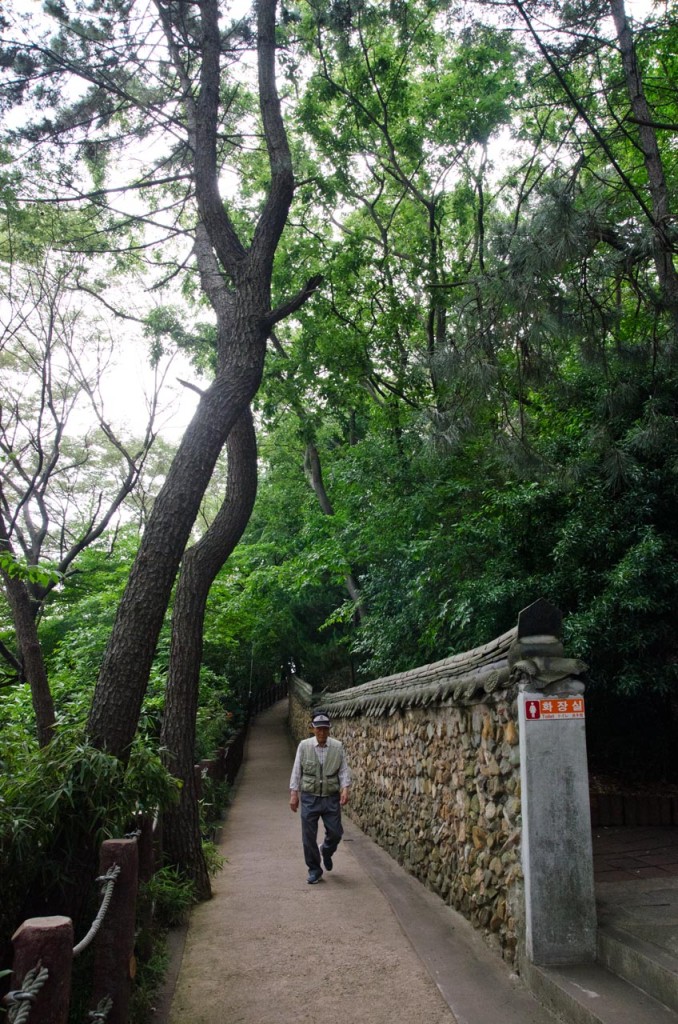
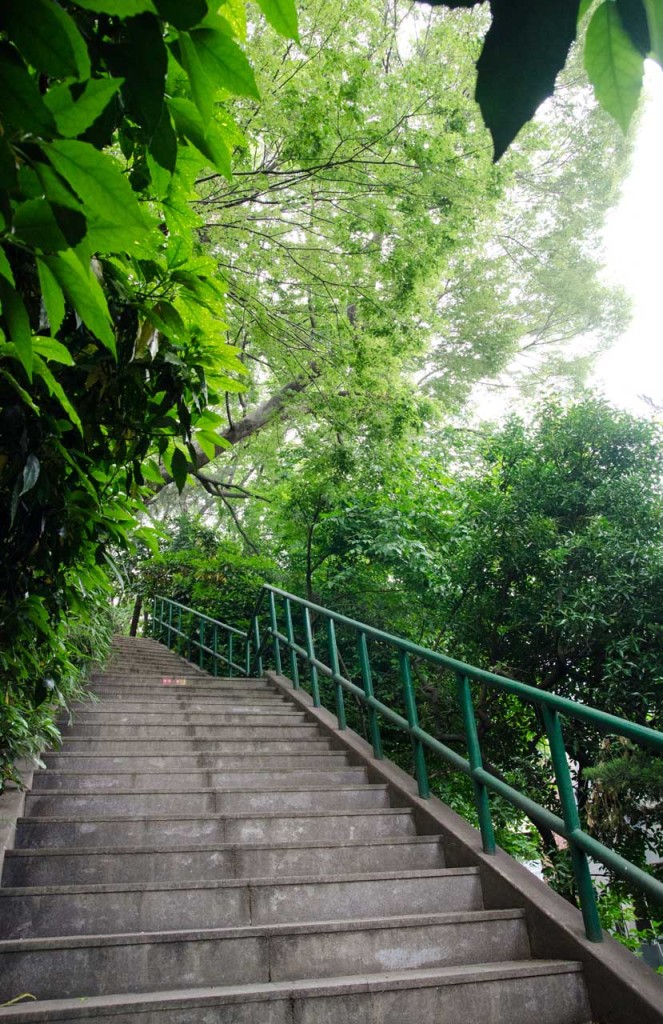 Found a couple of shrines.
Found a couple of shrines.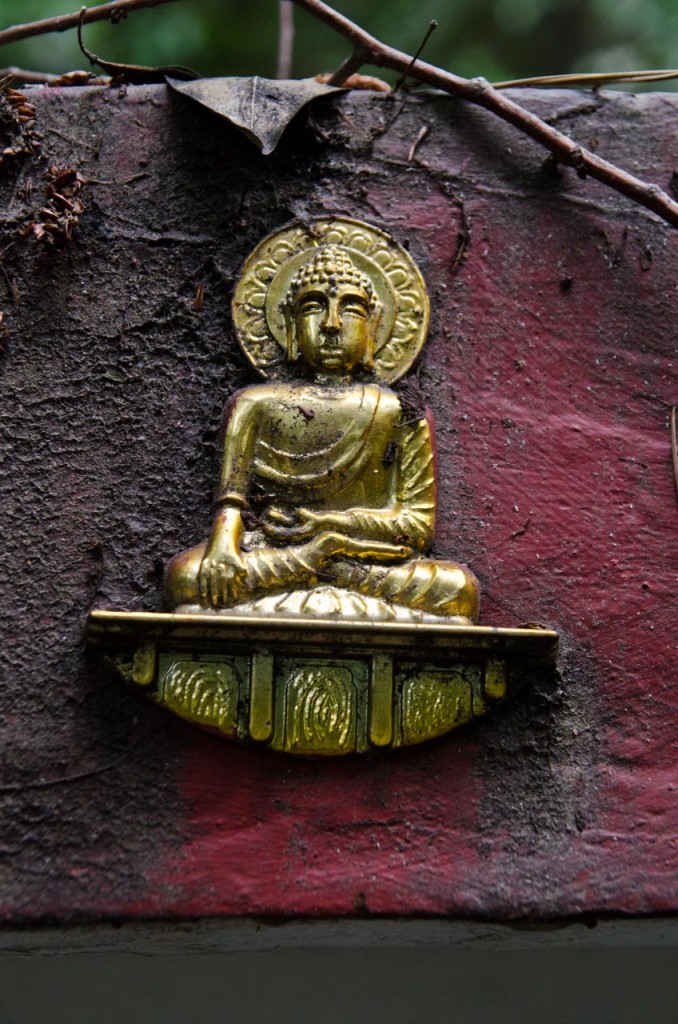
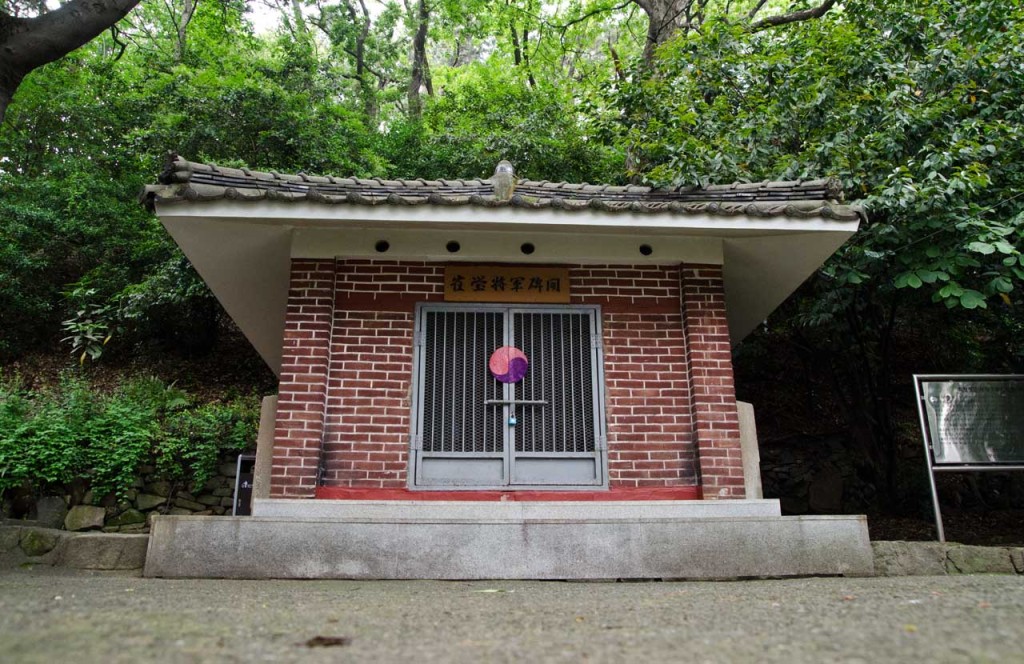
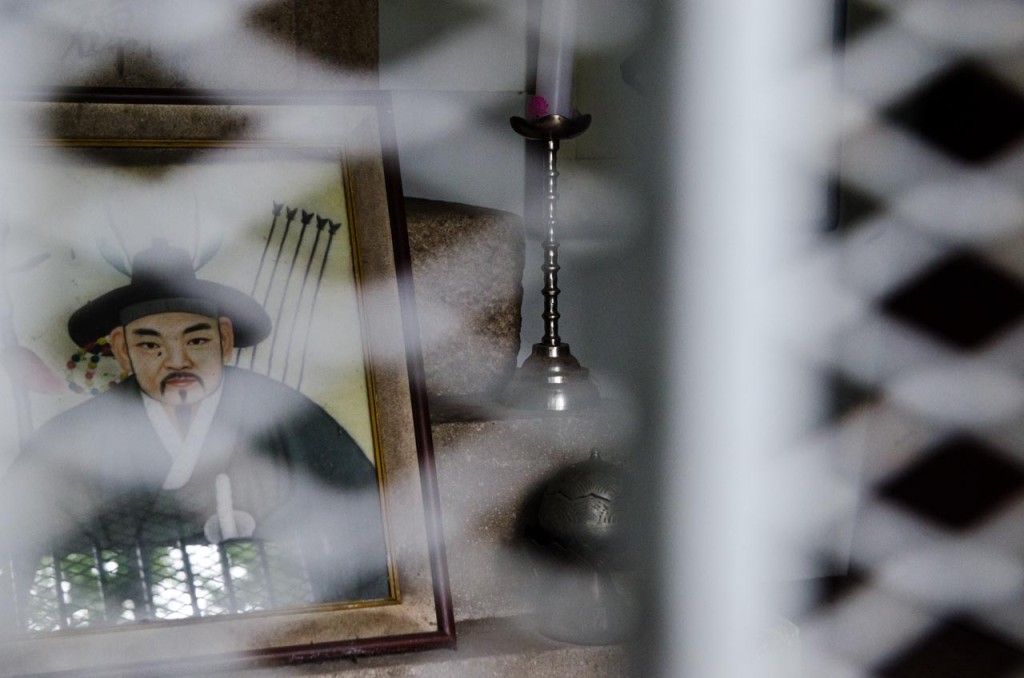 Got off the main path and followed the trail around the hill.
Got off the main path and followed the trail around the hill.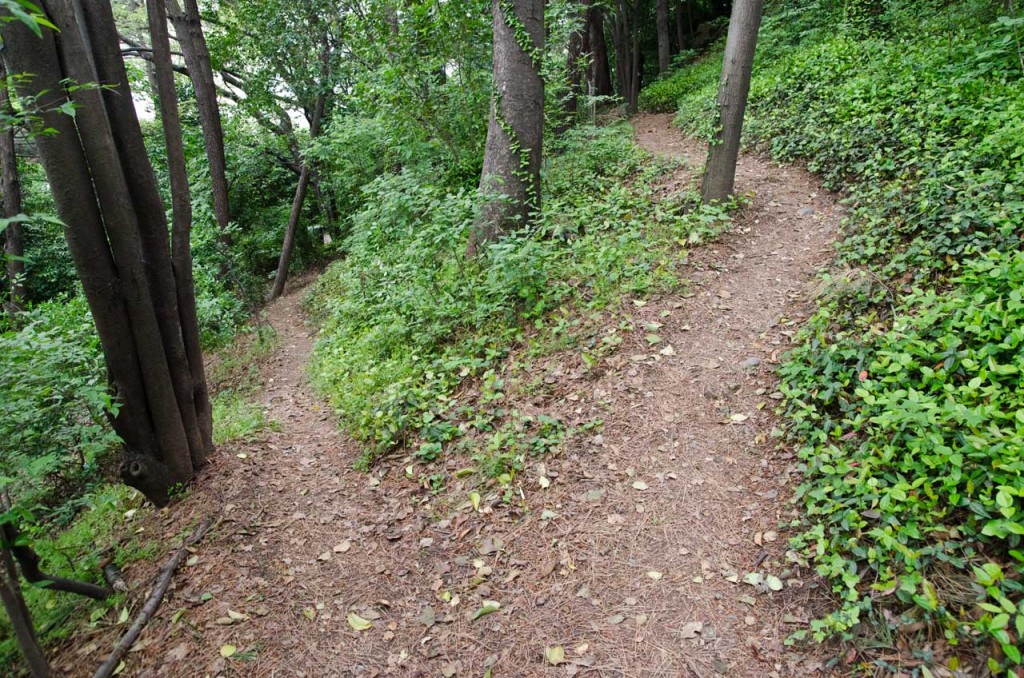 Found Mōri Terumoto‘s fortress walls.
Found Mōri Terumoto‘s fortress walls. 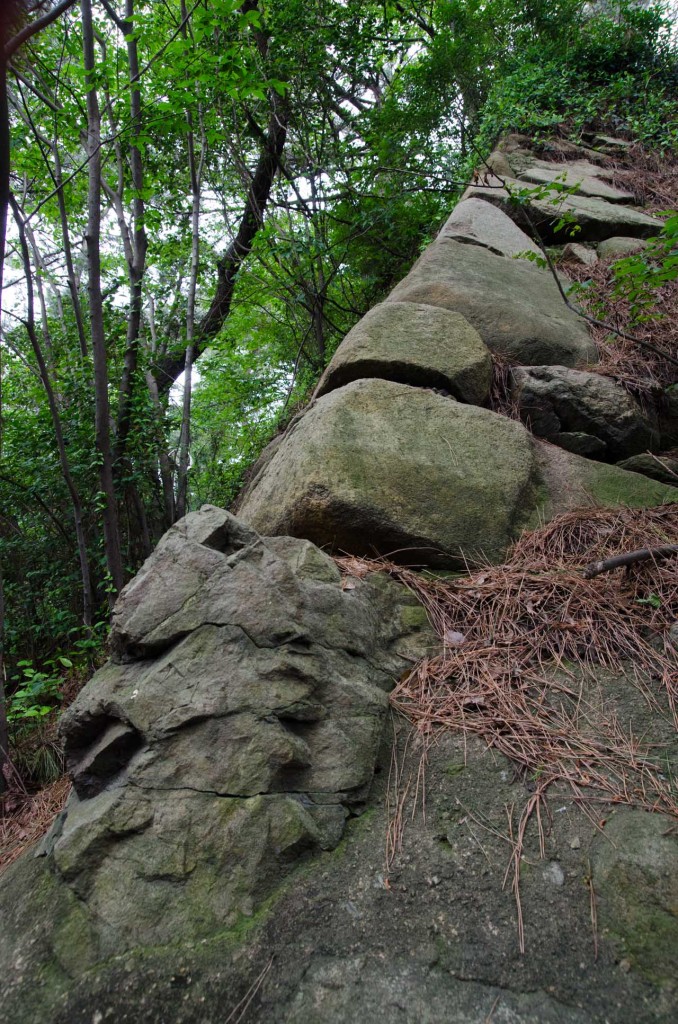
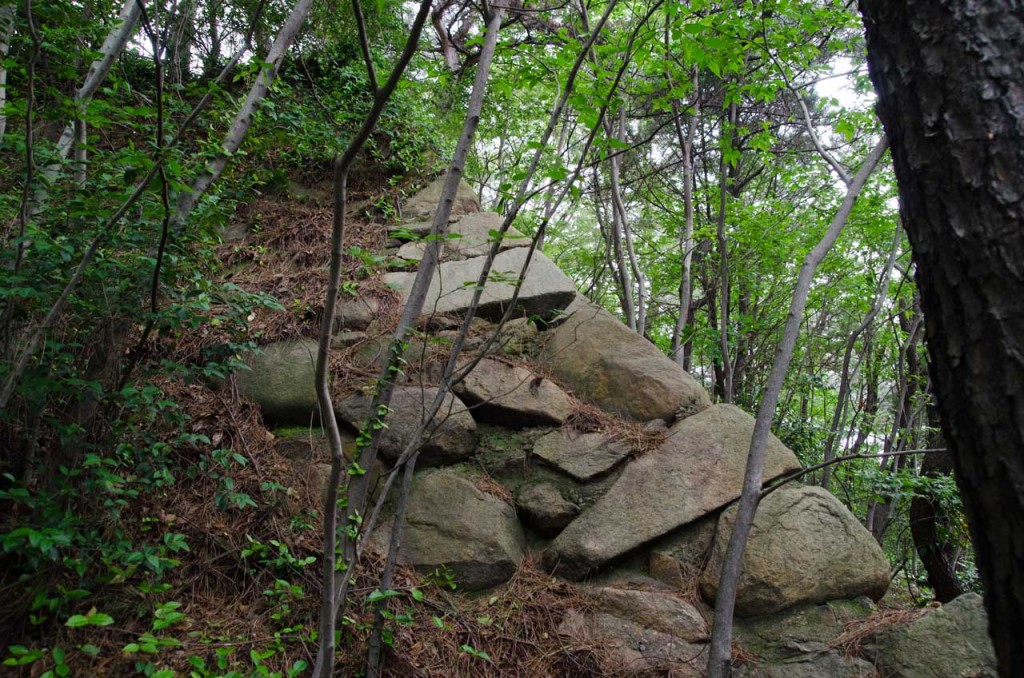
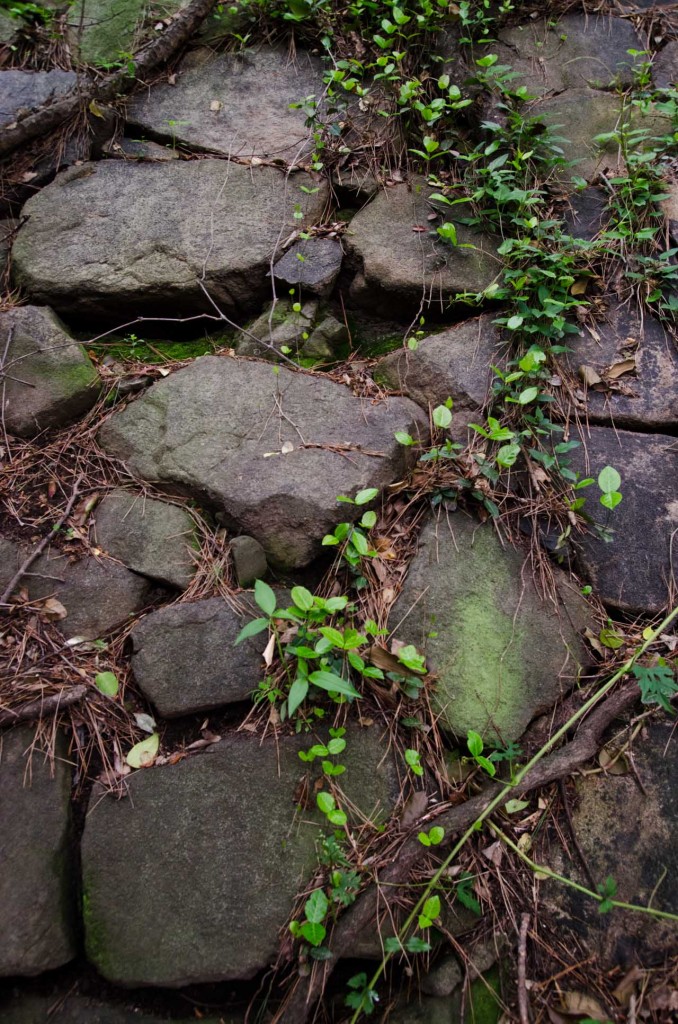
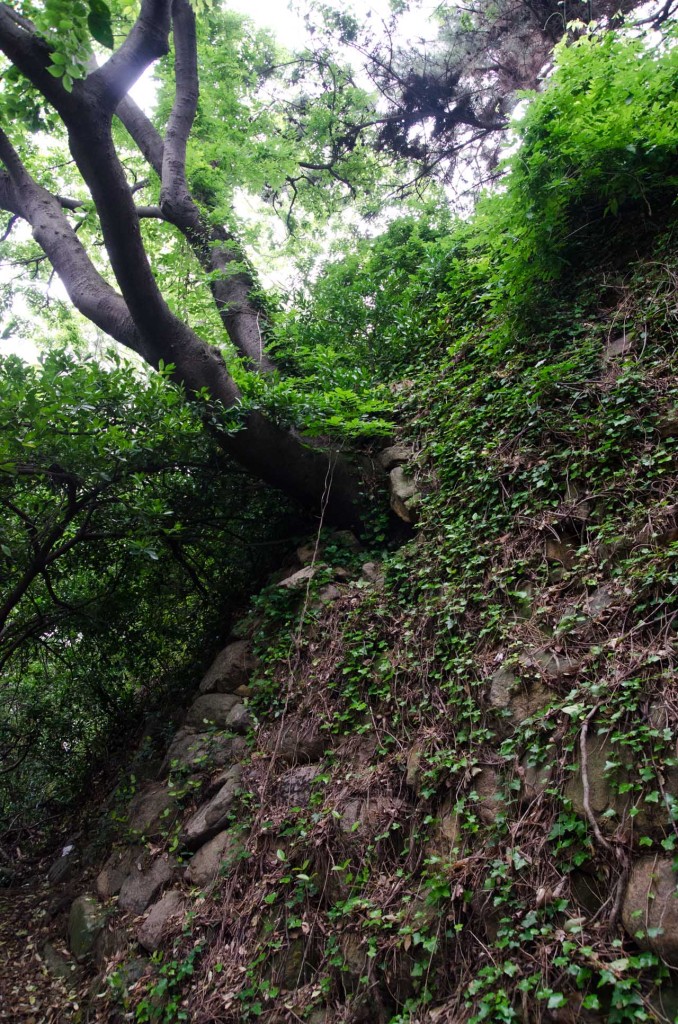
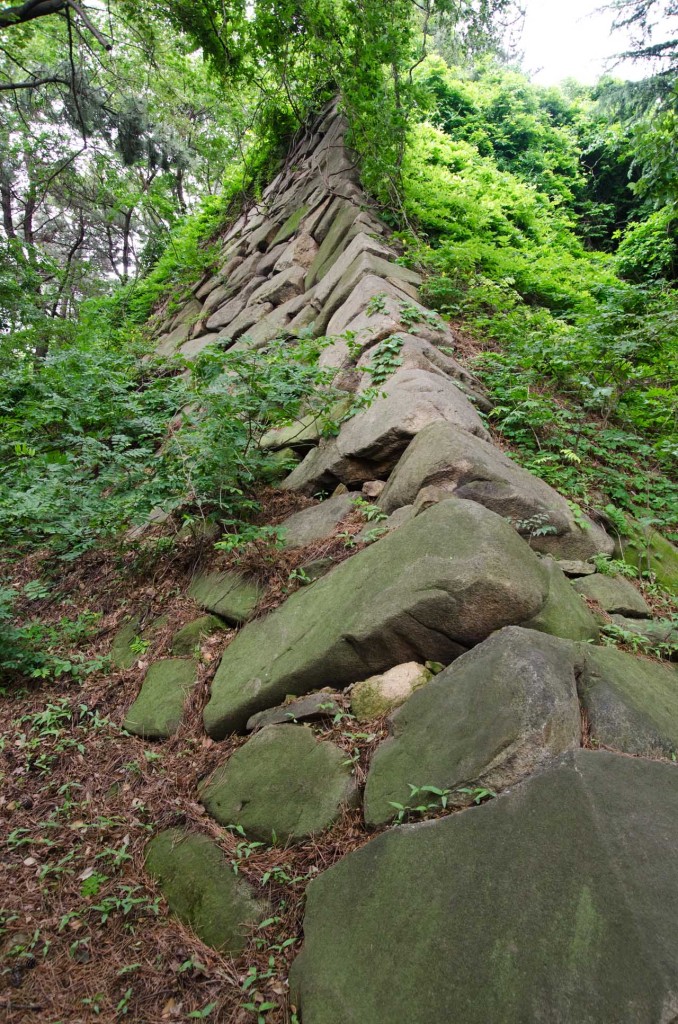
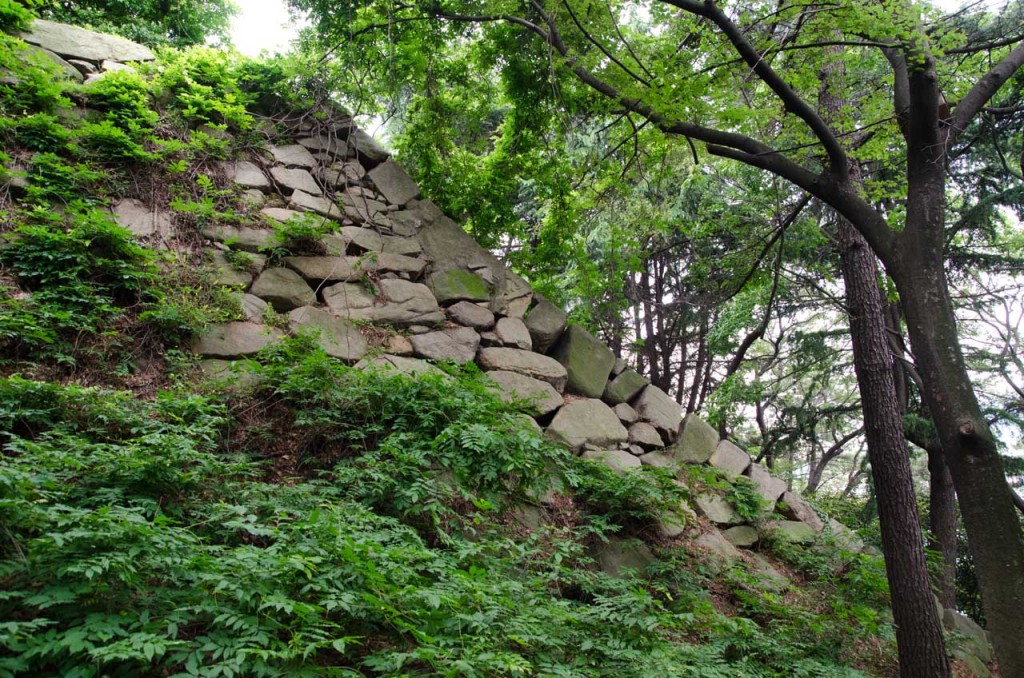
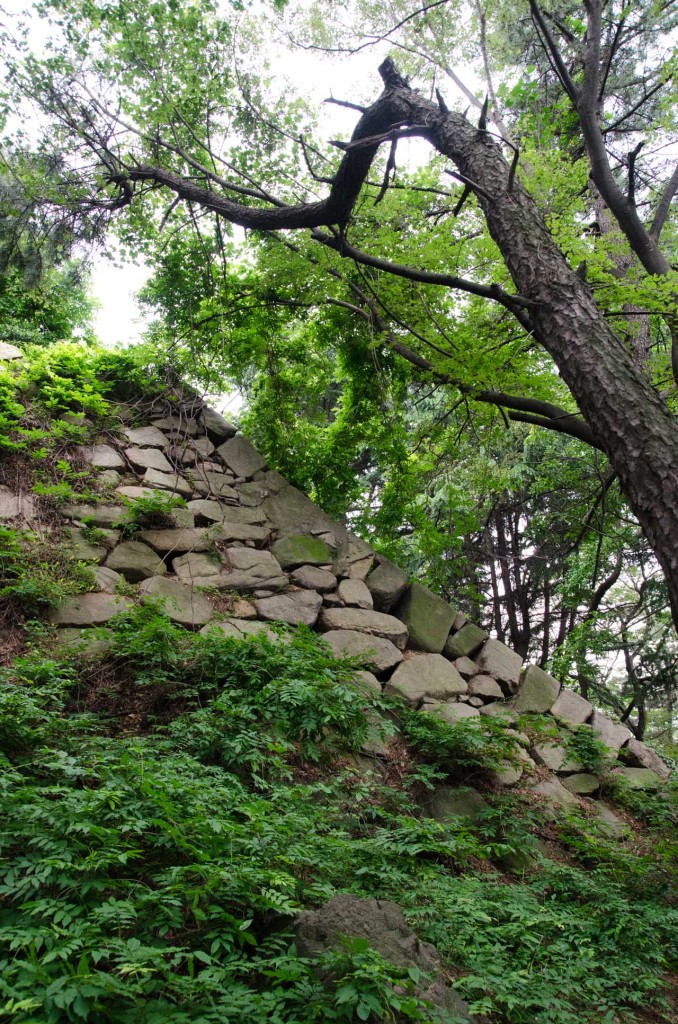 Jinjiseong at the top of the hill in the Korean style of contruction.
Jinjiseong at the top of the hill in the Korean style of contruction. 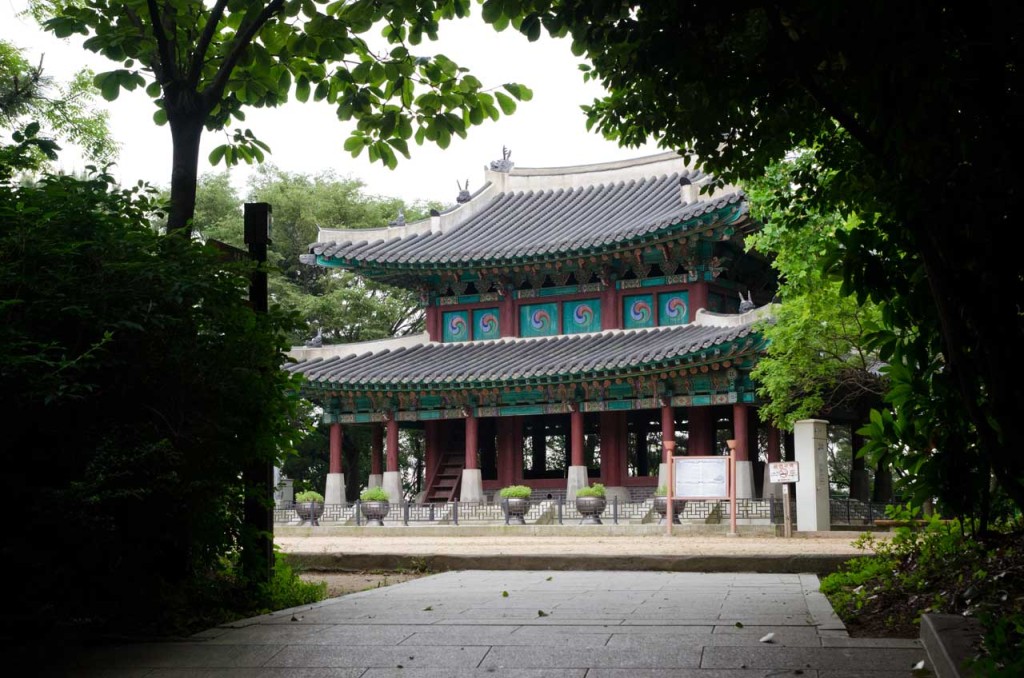
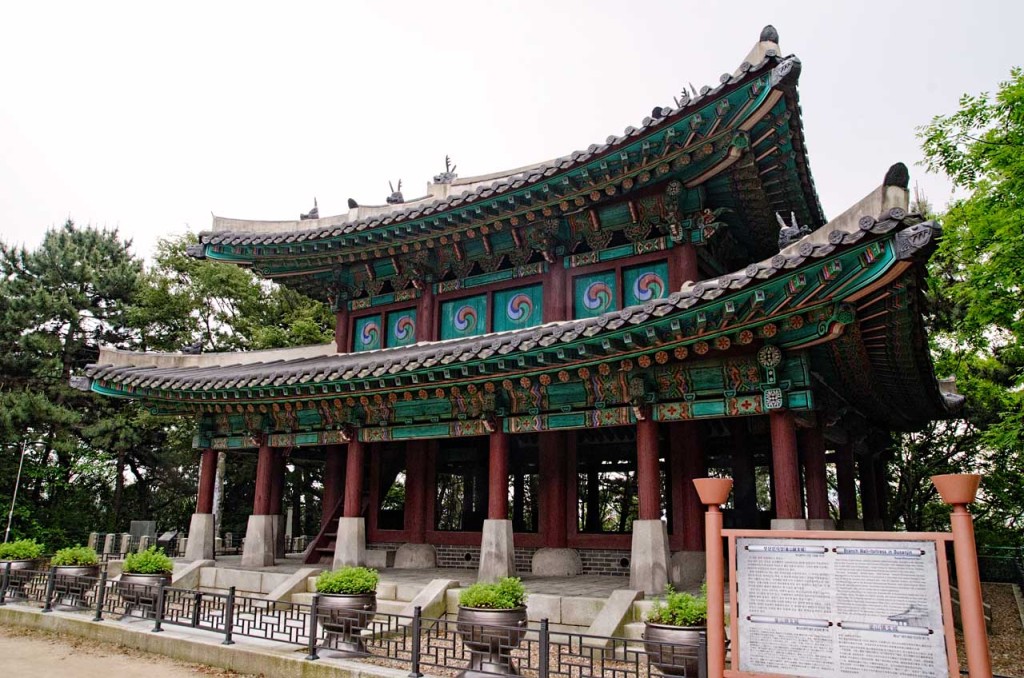
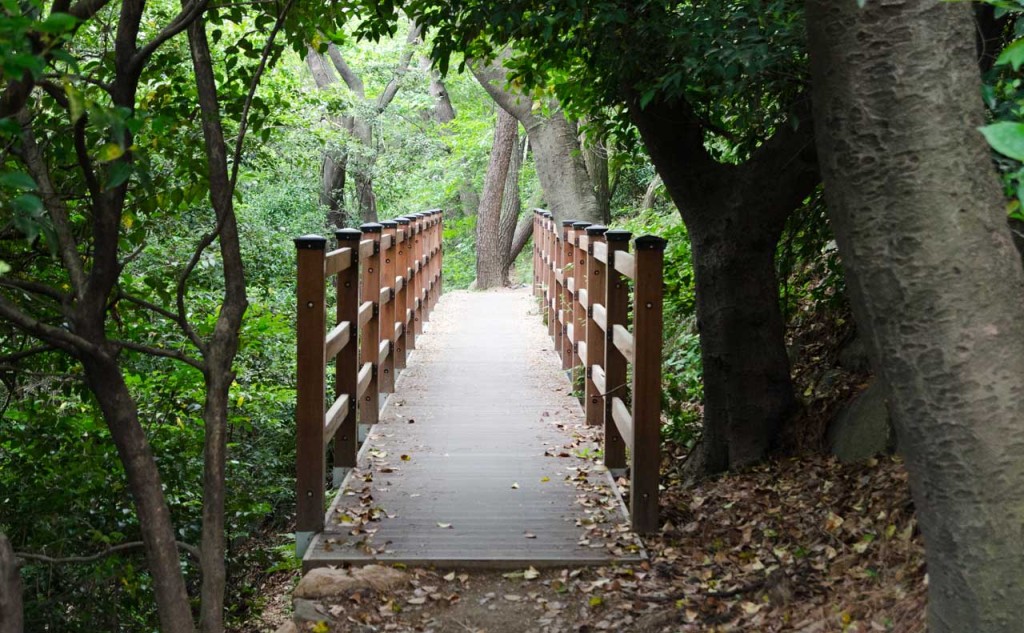
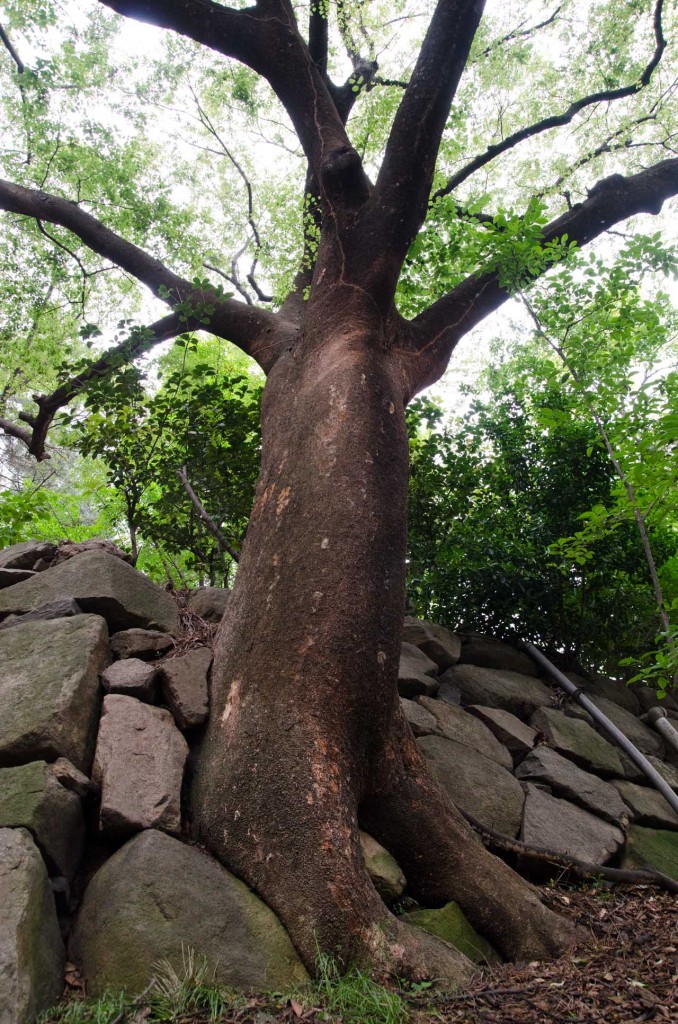
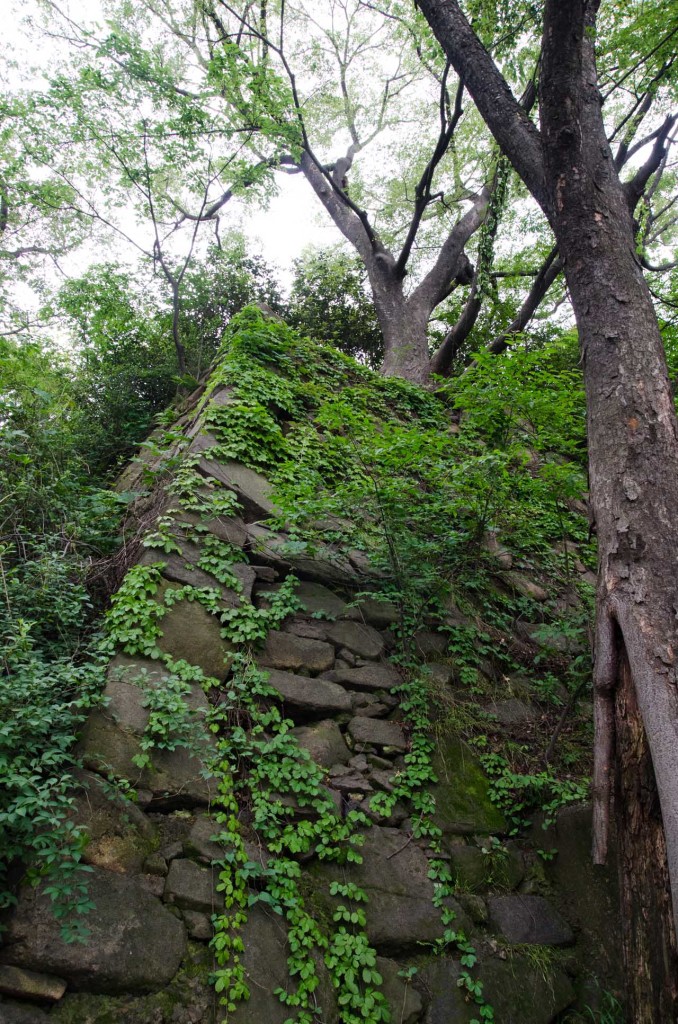
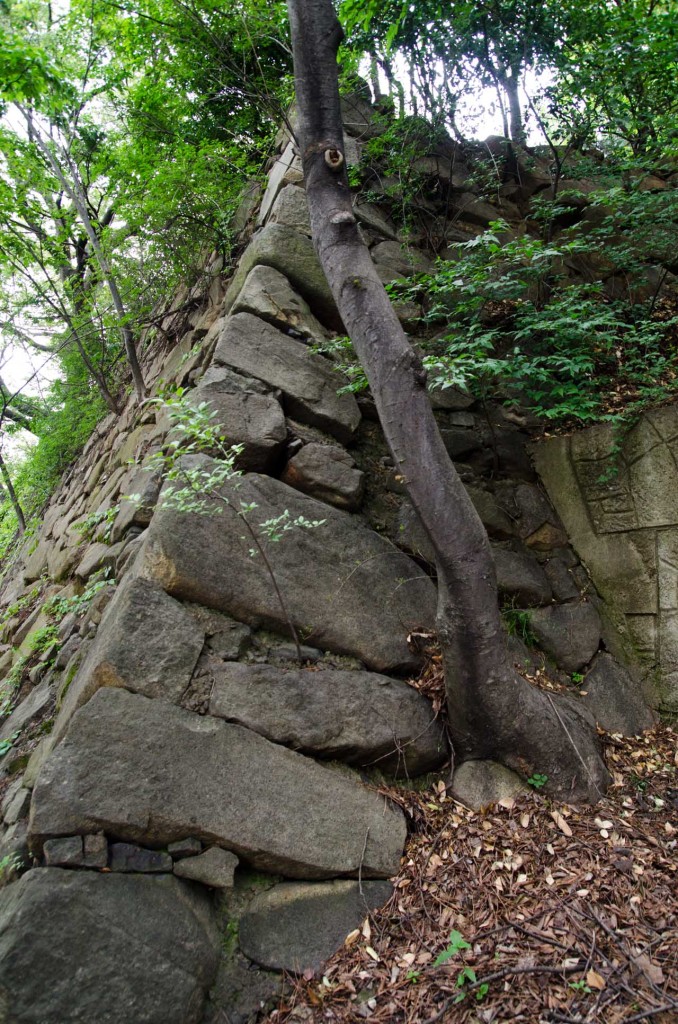
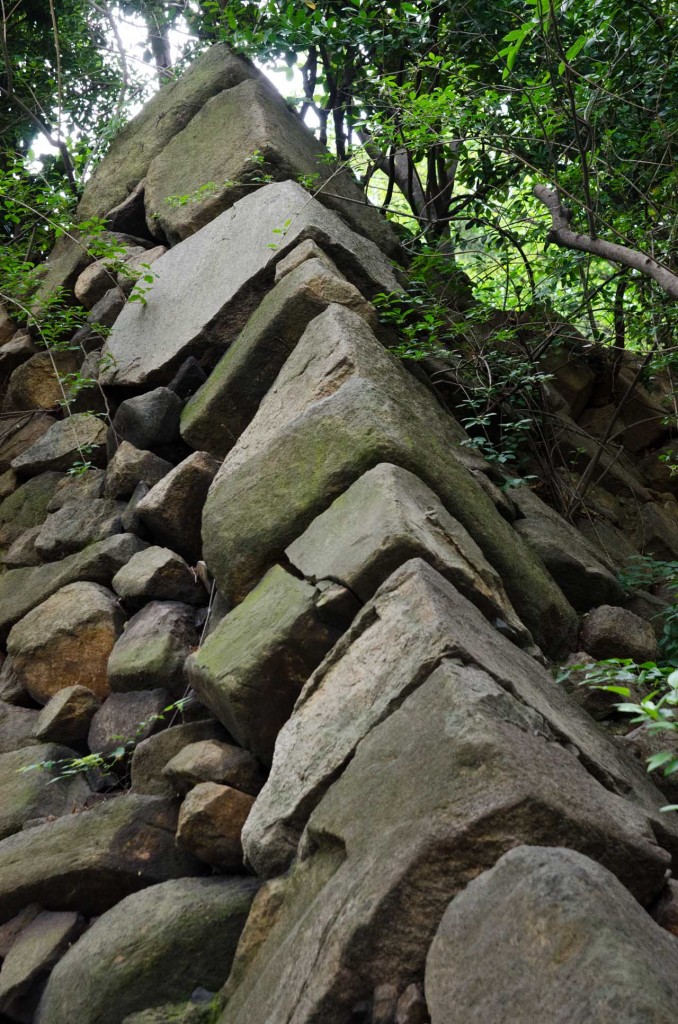
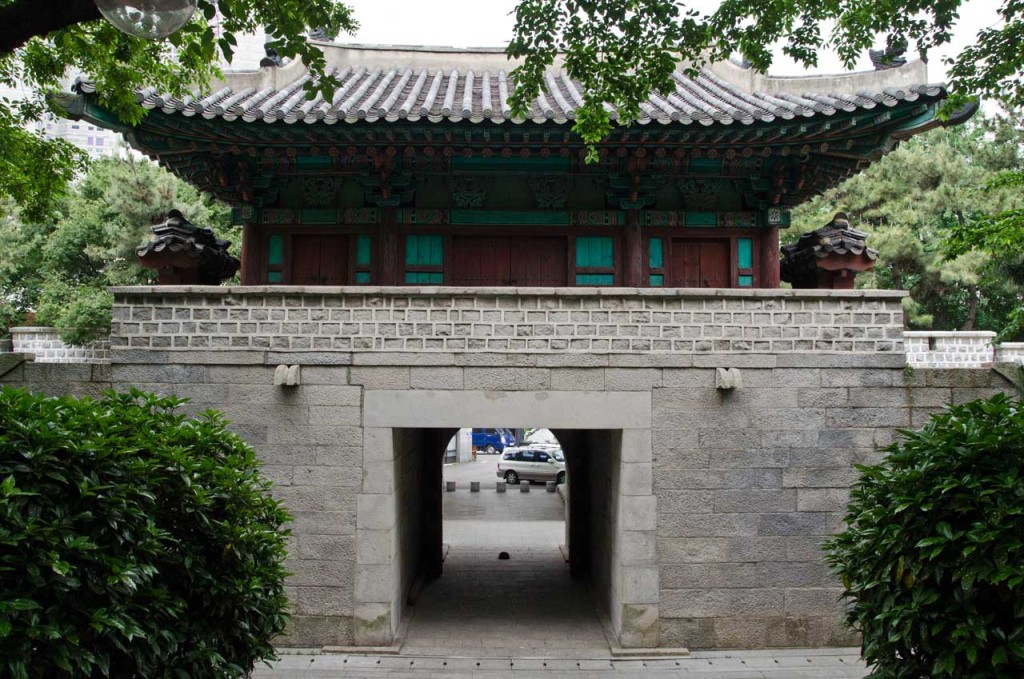 West Gate reconstruction (1974) in Korean style.
West Gate reconstruction (1974) in Korean style.